From 1889 comes the possible future of EV motoring as Mercedes-Benz backs Tim Woolmer’s YASA design
A highly compact electric-motor technology known as axial flux, first patented by Nikola Tesla in the 19th century, could be about to change motoring forever.
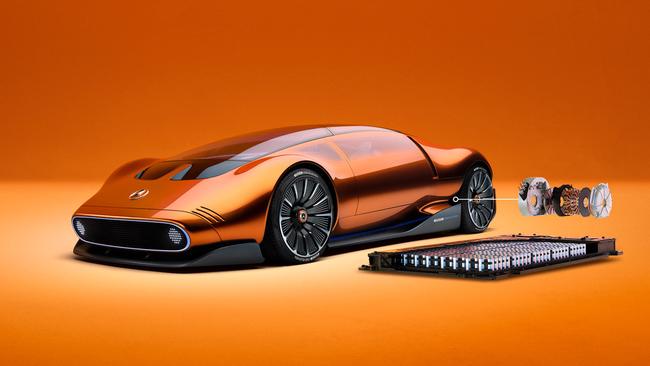
It sounds like something from science fiction, or a propulsion unit from “Back to the Future’’, but an electric-motor technology known as “axial flux”, first patented by Nikola Tesla back in 1889, could be about to change the world of motoring forever.
Back in 2008, an Oxford University-based electrical engineer and scientist, Tim Woolmer, who for years had been fascinated by electric motors, wrote his PhD on a disc-shaped motor he built based on an old concept known as the axial flux design.
The axial flux motor turns heavy, conventional, sausage-shaped electric motor design – designs used in every electric vehicle – on its head. It’s a highly compact, disc-shaped motor with copper-wound “legs” inside. When it spins up, it makes twice the amount of torque at lower speed compared with conventional motors.
Despite their enormous weight advantages – they’re just 20 per cent the size of radial electric motors – early axial flux designs had their problems, mostly related to excess heat generated by the magnets inside and the need for highly precise engineering – with tolerances of just 1mm – to be reliable.
Numerous designs were produced down through the years but it was Dr Woolmer’s thesis and a 20kg working model – known as the YASA (for Yokeless And Segmented Armature) – which first overcame the cooling issue and used new and more easily sourced internal materials.
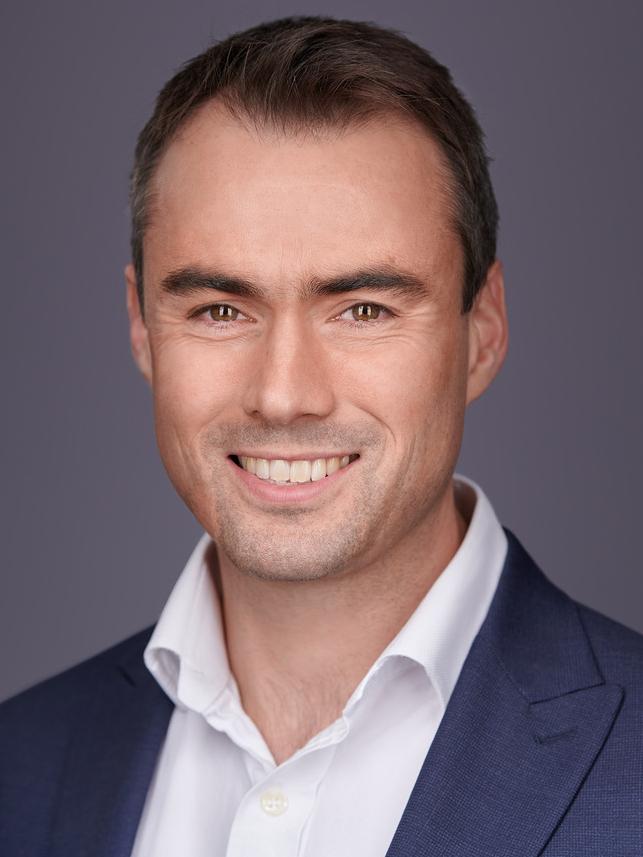
At his Oxford lab, Dr Woolmer kept developing the concept and in 2014 he placed four of his YASA motors inside a modified ex-Le Mans race car, took it to an RAF runway in Yorkshire and broke a 40-year-old land speed record for a vehicle weighing less than 1000kg.
And very quickly, the automotive world began to take notice. The idea attracted huge interest from various manufacturers who took Dr Woolmer’s YASA design and used it in a variety of trial applications, firstly the Williams F1-engineered Jaguar C-X75 hybrid supercar, then the ultra-low volume $2 million Koenigsegg Regera production hypercar.
Ferrari, too, came knocking early, to place the tech into its spectacular SF90 Stradale plug-in sports car.
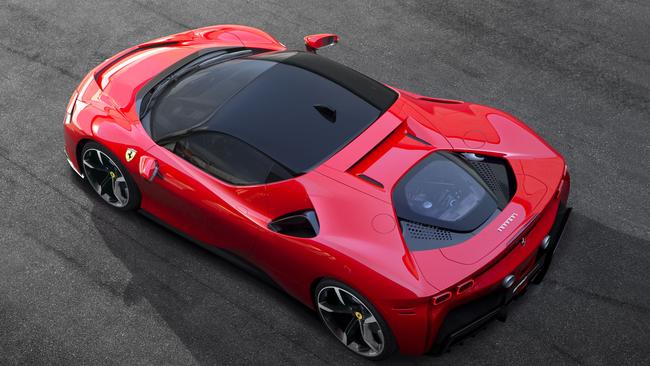
“This [the Ferrari SF90 hybrid] is the hardest application we’ve ever done where it [the YASA tech] sees 60G of vibration, very high temperatures, nearly 2000 newton metres of torsional vibration and everything else. It [the Ferrari] just wants to rip the whole machine apart,” Dr Woolmer explained.
“They [the YASA motors] will get a much nicer life in the world of electric cars.
“By cutting our teeth on these type of [Ferrari] applications, we’ve demonstrated the technology is reliable there and we’ve learnt things; we’ve learnt some really important lessons in doing these projects and proving various aspects of the technology.”
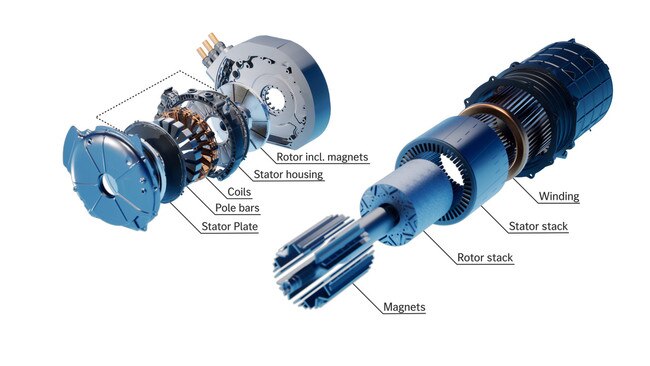
In 2019, when Mercedes-Benz announced it would end its combustion-engine development and concentrate on electric vehicles, the company’s advanced research and development engineers had already begun talks with Dr Woolmer.
And while the Oxford scholar had many suitors and Ferrari was, as Dr Woolmer described it “a rapid evolution partner”, eventually it was the Mercedes-Benz pitch that won him over, allowing him to keep his 120 patents and his original development team around him, and refining the design and taking it forward.
Mercedes fully acquired YASA in 2021, with Dr Woolmer remaining as chief technical officer.
“Because of the Mercedes-Benz opportunity to scale up into the hundreds of thousands [of YASA motors], it becomes a point where, as a small start-up [company], it’s not a good use of capital for us to build factories to produce it; it doesn’t make sense,” he said.
“So the Mercedes collaboration made sense from a scale and industrialisation point of view. Also the vision for YASA was always to accelerate electrification, and Mercedes shared that vision.”
Eventually, it seems highly likely that other car companies are going to be banging on Benz’s doors to buy the new motor technology, because it is just so much lighter and more powerful than current tech.
At the 2023 Munich Mobility Show, the first Mercedes to use YASA technology – the extraordinary, gull-winged Vision One-Eleven concept – offered a glimpse of the opportunities to come.
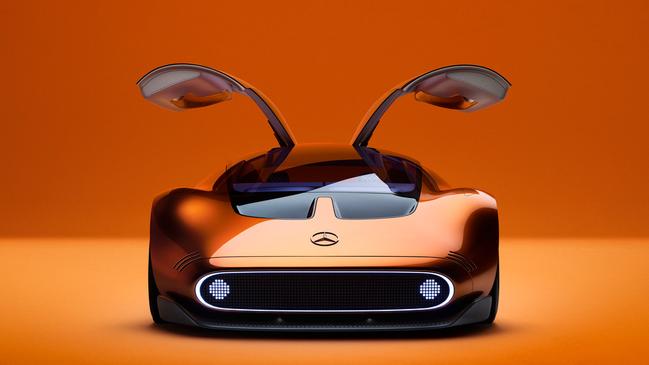
“The One-Eleven uses our second-generation technology and there’s still so much to come; we are now working on our third and fourth-generation motors,’ Dr Woolmer said.
“An automotive development program typically takes around four years. When you think we are a company that is just 14 years old and the first production car used our technology in 2016, there is still much development to come.”
Scale production of the YASA tech has begun in Berlin but Dr Woolmer was cautious in discussing future plans.
“It [YASA tech] definitely has the potential but it’s too early to say how broad an impact it will have. It’s going to take another five to 10 years to figure that out,” he said.
“The next five years is all about an order of magnitude increase in the volume, industrialising things in Berlin, and then we’re on that journey.”
An earlier version of this article stated Nikola Tesla’s patent was in 1886.



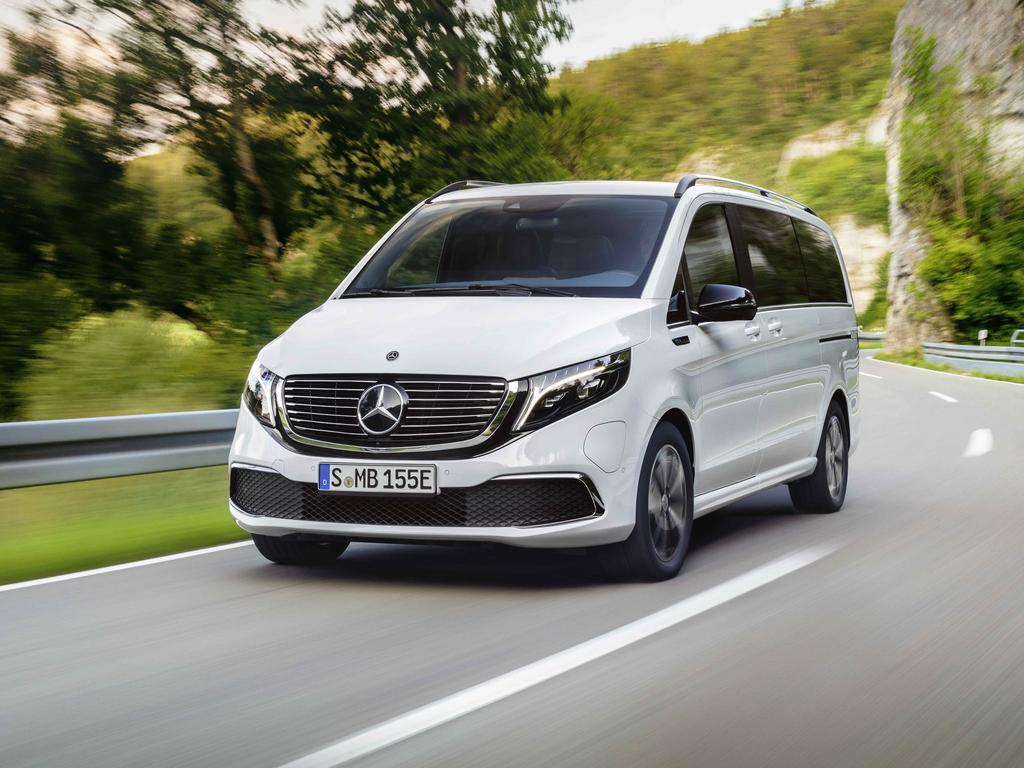
To join the conversation, please log in. Don't have an account? Register
Join the conversation, you are commenting as Logout